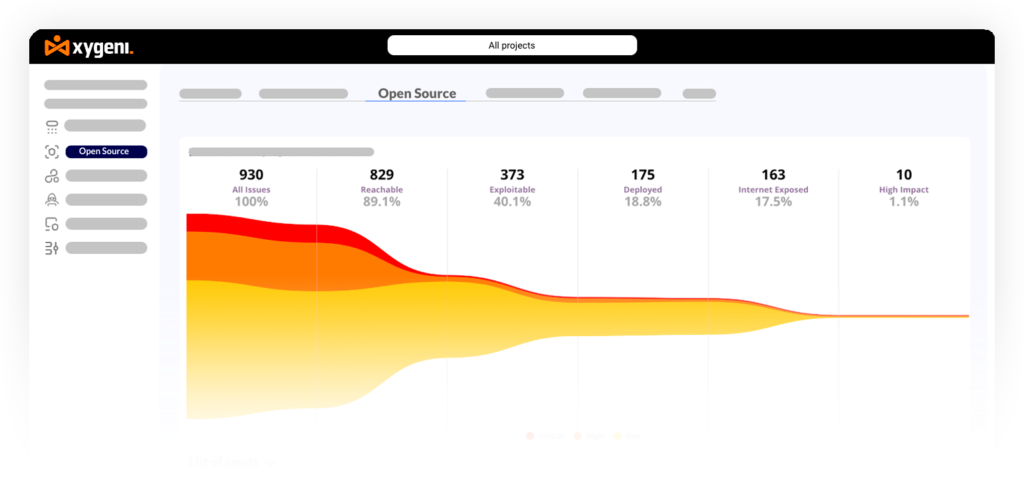Software supply chain security is critical to the functioning and safety of all modern-day software. However, with the rapid growth of software development on GitHub, there is an increase in the risk of malware injection. It can cause data theft, system damage, and reputational harm. We will explore its risks in the software supply chain, particularly on GitHub, and the detection and mitigation mechanisms that can be used to prevent it.
Understanding Malware Injection in the Software Supply Chain
Malware injection refers to the unauthorised insertion of malicious code or software into legitimate software programs. It is often done by injecting malware into open-source components that developers use to build their applications. Malware injection can occur in various ways, including through an infected machine, infected media, or compromised network systems. However, it is important to note that it is not always intentional, as it can result from an attack on a third-party component used in software development.
The consequences of malware injection can be severe. Data theft can lead to the theft of personally identifiable information, confidential corporate data, and other sensitive information. System damage can lead to downtime and the loss of business continuity. Reputational harm can damage the trust that users and stakeholders have in a company, leading to lost business and long-term damage to the brand.
Injection on GitHub
GitHub is an online platform that allows developers to collaborate on software development. GitHub hosts millions of software repositories, including those of high-profile companies such as Microsoft, IBM, and Google. Malware injection on GitHub can occur in various ways, including using malicious code or repositories.
In 2018, the “Octopus Scanner” malware was discovered on GitHub. It targeted developers who used the Apache NetBeans Java Integrated Development Environment (IDE), and once installed, it could be used to inject malware into legitimate Java projects. Another example is the 2019 Magecart attack, which targeted Magento-based e-commerce websites through third-party dependencies that contained malicious code.
Detecting Malware Injection on GitHub
Detecting malware injection on GitHub is crucial to preventing the spread of malware. In addition, detection mechanisms can be used to identify potential vulnerabilities and notify developers of any unusual activity.
One detection mechanism is monitoring for unusual activity, such as code changes inconsistent with the normal development process. Regular code reviews are also crucial in identifying potential vulnerabilities that could be exploited for malware injection.
Mitigating the Risk of Injection on GitHub
Mitigation mechanisms can be used to reduce the risk of malware injection on GitHub. For example, implementing security controls like two-factor authentication can reduce the risk of unauthorised access to GitHub repositories. Security tools can also be used to detect and mitigate the risk of malware injection on GitHub, including GitHub’s security alerts and Xygeni.
Another important mitigation mechanism is education. Teams should be educated on the risks of malware injection and the importance of security in the software supply chain. This includes regular training on identifying and preventing malware injection.
Preventing Malware Injection on GitHub
Prevention mechanisms are the most effective way to reduce the risk of malware injection on GitHub. For example, limiting access to GitHub repositories to only those who need it and ensuring that team members have only the necessary permissions can reduce the risk of being unauthorised.
Conclusion
Malware injection in the software supply chain is a significant risk to the safety and security of software. As one of the world’s largest software development platforms, GitHub is not immune to this threat. Malware injection can have severe consequences for companies and their stakeholders, including data theft, system damage, and reputational harm.
Thankfully, several detection, mitigation, and prevention mechanisms are available to help reduce the risk of malware injection on GitHub. These include monitoring for unusual activity, conducting regular code reviews, implementing security controls, using security tools, and educating teams on the importance of security in the software supply chain.
It is essential for companies to take these risks seriously and invest in the appropriate security measures to protect their software supply chain. It helps protect the business from potential harm and builds trust with its customers and stakeholders.
By implementing these mechanisms, companies can help reduce the risk of malware injection and create a safer, more secure software supply chain. Ultimately, the security of the software supply chain is critical to the functioning and safety of all modern-day software, and it is up to developers, businesses, and other stakeholders to take the necessary steps to keep it secure.













